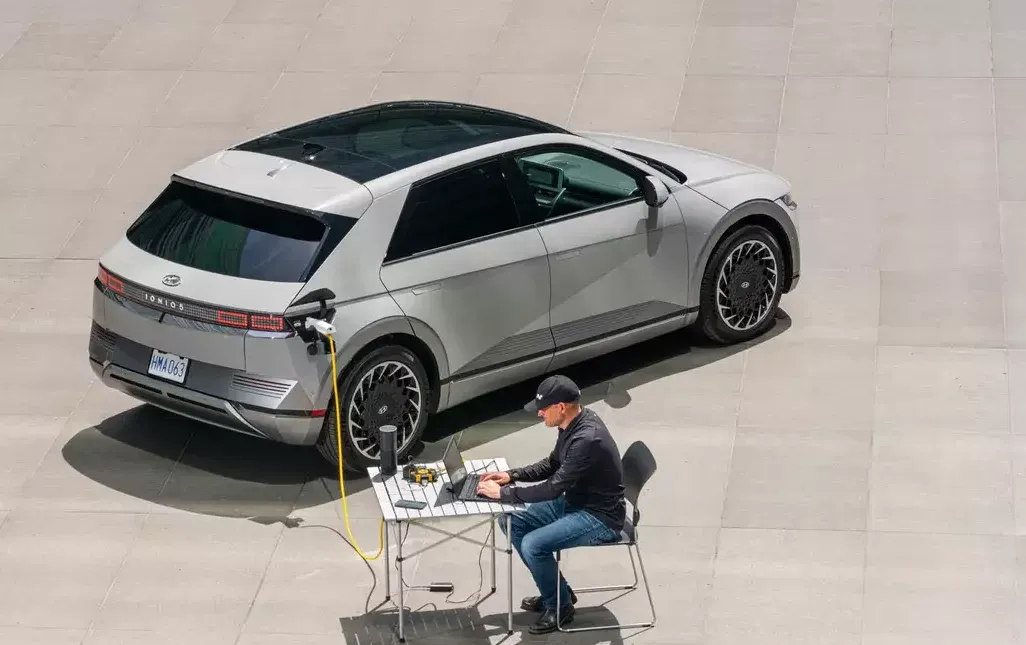As the electric vehicle (EV) market continues to grow, new and innovative technologies are emerging to further enhance the capabilities of these vehicles and integrate them more efficiently into the broader energy ecosystem. One such innovation is bidirectional EV charging. But what exactly is bidirectional EV charging, and how does it work? This article explores the fundamentals of bidirectional charging, its uses, benefits, and the difference between bidirectional and smart charging, as well as which electric vehicles (EVs) currently support this technology.
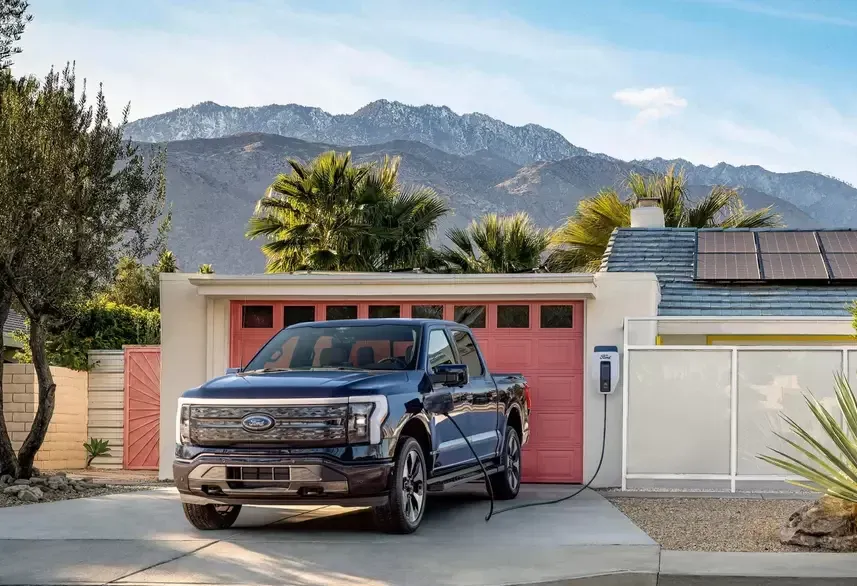
Bidirectional
EV charging is a transformative advancement that enables electricity to flow both ways—into the vehicle and back to the grid or home. Unlike unidirectional (one-way) charging, where electricity flows from the electric grid into the EV’s battery, bidirectional charging allows energy to be drawn from the vehicle’s battery and either sent back to the grid or used to power a home or other loads.
This two-way flow of electricity is made possible by a key component: the inverter. In the case of unidirectional charging, the charger typically converts the alternating current (AC) from the grid to direct current (DC) to charge the vehicle’s battery. With bidirectional chargers, however, the process is reversed when discharging energy, converting DC electricity from the vehicle’s battery back to AC, allowing the energy to be used either in the home or fed back into the grid.
Although the technology is still in its early stages, it has the potential to revolutionize how EVs interact with the electrical grid, homes, and businesses.
Bidirectional charging works through the use of special inverters within the vehicle and charging station that allow for both charging and discharging.
When an EV is plugged in, the charger converts the AC power from the grid into DC power, which is used to charge the car’s battery. This is the standard process for conventional EV chargers.
Bidirectional chargers can reverse the process, converting the DC power stored in the EV battery back to AC, allowing it to flow back into the grid, a home, or a specific load.
The key technology enabling this process is an inverter within the vehicle and/or the charging station that can handle both the conversion of AC to DC for charging and DC to AC for discharging. This also requires a sophisticated communication system between the car, the charger, and potentially the energy grid to ensure that power is being transferred safely and efficiently.
Bidirectional charging has several promising applications, offering greater flexibility and utility for EV owners. Some of the most notable applications include:
Vehicle-to-grid (V2G) technology allows EVs to not only draw energy from the grid to charge their batteries but also send electricity back into the grid when needed. This creates a two-way relationship between the EVs and the power grid, helping balance supply and demand. V2G technology can support grid stability, especially during peak demand times, by leveraging the vast energy storage available in EV batteries.
Helps utilities manage energy demand during peak times.
Reduces the need for additional power plants.
Offers an additional revenue stream for EV owners who can sell energy back to the grid.
Vehicle-to-home (V2H) charging allows an EV to supply electricity to a home, particularly in the event of a power outage or during periods of high energy demand. With a V2H system, homeowners can store energy in their vehicle’s battery during low-demand times (such as overnight when electricity rates are lower) and use that energy when needed, reducing their reliance on the grid.
Provides backup power in case of grid outages.
Increases energy independence and self-sufficiency.
Potential for cost savings by using stored energy during peak demand periods
Vehicle-to-load (V2L) technology enables an EV to power various appliances or devices directly from its battery. This application is particularly useful for powering tools and equipment in outdoor settings (e.g., construction sites, camping) or providing temporary electricity to locations without a direct power source.
Provides portable power for a variety of devices.
Ideal for outdoor or off-grid use.
Useful for emergency situations.
While still a relatively niche application, vehicle-to-vehicle (V2V) technology allows one EV to transfer power to another EV. This could be helpful in emergency situations where one vehicle runs out of charge and needs to be recharged by another nearby vehicle. While it’s not as common as V2G or V2H, V2V holds promise for enhancing the flexibility and convenience of EVs in situations where charging infrastructure may not be readily available.
Can serve as an emergency charging solution.
Increases the utility of EVs in remote or underserved areas.
Provides flexibility in charging infrastructure.
Bidirectional charging offers numerous advantages to both individual EV owners and the broader energy system.
Some of the primary benefits include:
One of the most attractive features of bidirectional charging, particularly through V2G, is the potential for EV owners to generate income by selling stored energy back to the grid. During periods of high demand, when electricity prices are higher, EV owners can discharge their vehicle’s battery into the grid, earning money or credits in return. This can offset the cost of EV ownership and provide a financial incentive for adopting the technology.
Bidirectional charging can help EV owners become more self-sufficient by allowing them to store excess energy in their vehicle’s battery during times when electricity demand is low (such as during the night) and use it later when rates are higher or in case of emergencies. This can reduce reliance on the grid, lower energy costs, and make homeowners less vulnerable to power outages.
For those looking for a backup power solution, bidirectional EV chargers can provide a practical option. In the event of a power outage, an EV with bidirectional charging capabilities can supply electricity to a home or business, ensuring that essential appliances remain powered. This could be especially valuable in areas prone to power disruptions due to weather events or other causes.
With V2L technology, EVs can be used as portable power sources for appliances or equipment when traveling or working remotely. This can be especially beneficial for outdoor enthusiasts, contractors, or anyone needing reliable power in locations without direct access to an electrical grid.
While both bidirectional charging and smart charging involve advanced control over when and how EVs are charged, they are distinct in several ways.
Refers to charging that can be controlled remotely or automatically based on data from the vehicle and the grid. For example, a smart charging system can allow users to schedule when their EV is charged to take advantage of lower energy rates during off-peak hours. Smart charging is not limited to bidirectional systems; it can be applied to both unidirectional and bidirectional charging setups.
Specifically involves the ability for electricity to flow both into and out of the EV, allowing for applications like V2G, V2H, and V2L. Bidirectional charging goes beyond just smart control; it enables the vehicle to become an energy source in addition to a consumer of energy.
In essence, while smart charging controls the timing and efficiency of the charging process, bidirectional charging enables new energy flows that create additional value for the EV owner and the grid.
While bidirectional charging technology is still in the early stages, several electric vehicles are being developed with the necessary hardware to support Vehicle-to-Grid (V2G), Vehicle-to-Home (V2H), and other bidirectional applications. Though most manufacturers are still in the process of rolling out this feature, a few key models have already made significant progress in integrating bidirectional charging capabilities.
The Nissan Leaf was one of the first electric vehicles to offer bidirectional charging, featuring the Nissan Leaf-to-Home system in select markets, enabling V2H functionality.
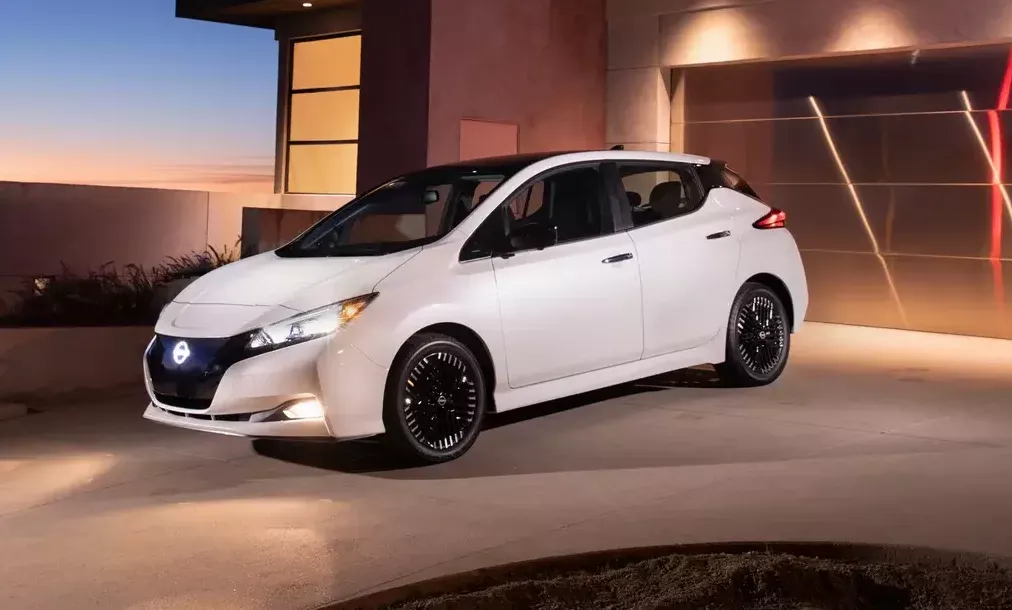
These models are equipped with bidirectional charging that supports V2G, allowing owners to send energy back to the grid or power their homes.
This electric pickup truck offers Vehicle-to-Load (V2L) capabilities, enabling users to power tools and appliances directly from the truck’s battery. Future updates may introduce full V2G functionality.

Both the EV6 and EV9 offer V2L charging, allowing users to power devices or appliances directly from the vehicle.
Tesla’s upcoming Cybertruck will also feature V2L charging, providing portable power for devices and appliances.
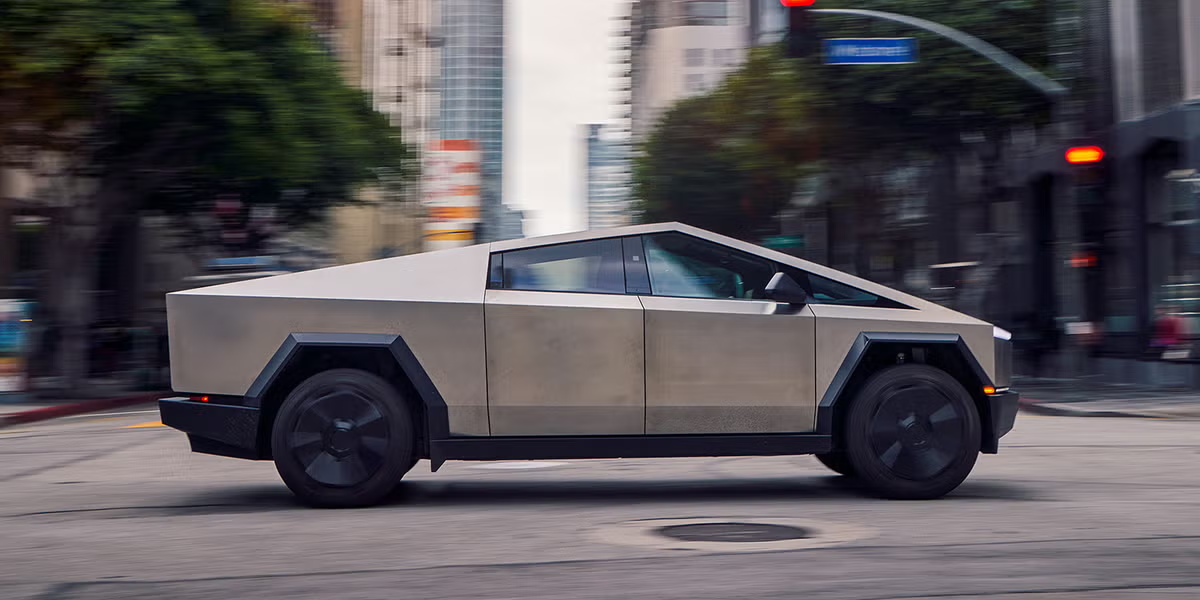
All models of the ID.4 equipped with larger battery packs offer bidirectional charging, allowing them to power homes and appliances.
The Outlander Plug-in Hybrid Electric Vehicle (PHEV) can provide power to electrical appliances, homes, and even the grid through bidirectional charging.
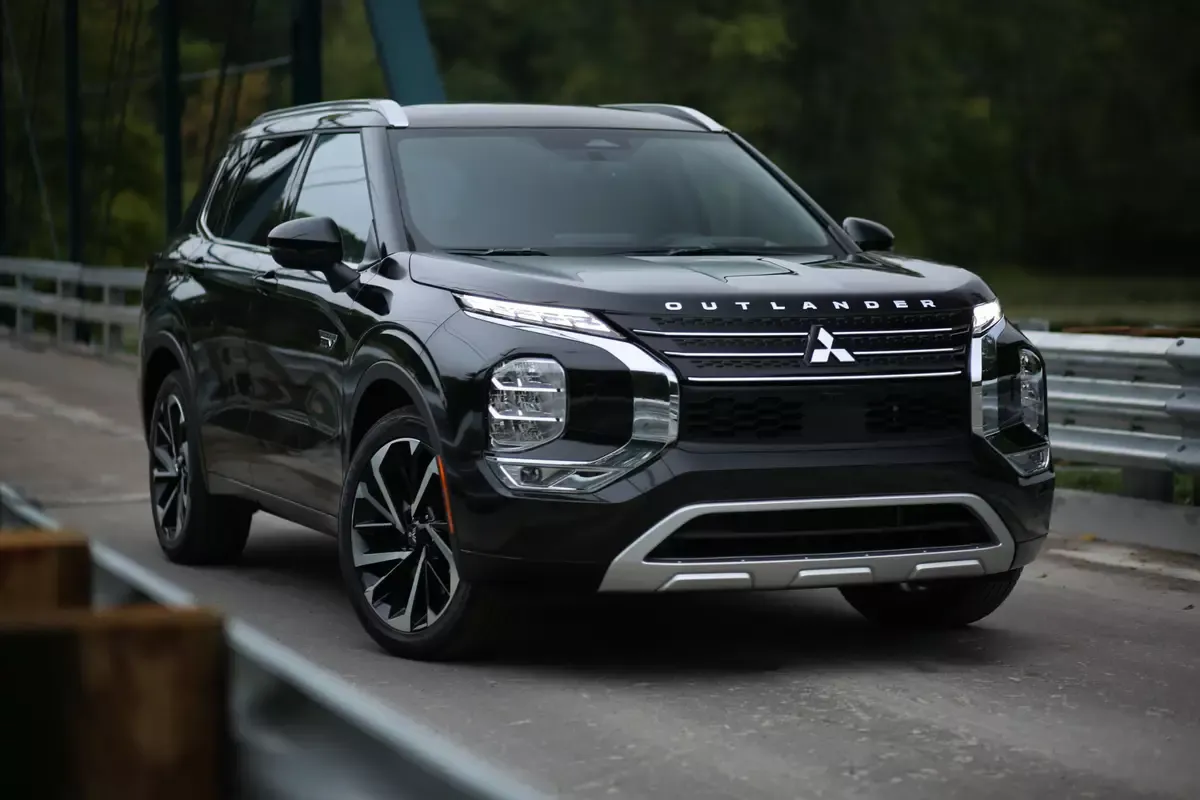
Genesis’ GV60 electric SUV offers V2L charging capabilities, allowing it to supply power to external devices.
The Kia Niro electric vehicle features V2L charging, enabling owners to power various appliances and devices from the vehicle’s battery.
Polestar’s upcoming 3 electric SUV will support V2G charging, allowing owners to send energy back to the grid.
Other manufacturers, including Tesla and BMW, are actively developing bidirectional charging systems, though these features are not yet widely available. As the technology matures, more EVs are expected to offer bidirectional charging, making them versatile energy sources for homes, businesses, and even the grid.
Bidirectional EV charging is an exciting and transformative technology that enables electric vehicles to not only consume energy from the grid but also contribute energy back to it. Whether through vehicle-to-grid (V2G), vehicle-to-home (V2H), or vehicle-to-load (V2L), bidirectional charging opens up new possibilities for energy storage, cost savings, and greater grid stability. As the technology evolves and more EVs adopt these capabilities, bidirectional charging could play a significant role in the transition to a more sustainable and decentralized energy system.
With its ability to enhance energy self-sufficiency, provide backup power, and even generate income, bidirectional charging is poised to reshape the way we think about electric vehicles and their role in the energy ecosystem.

